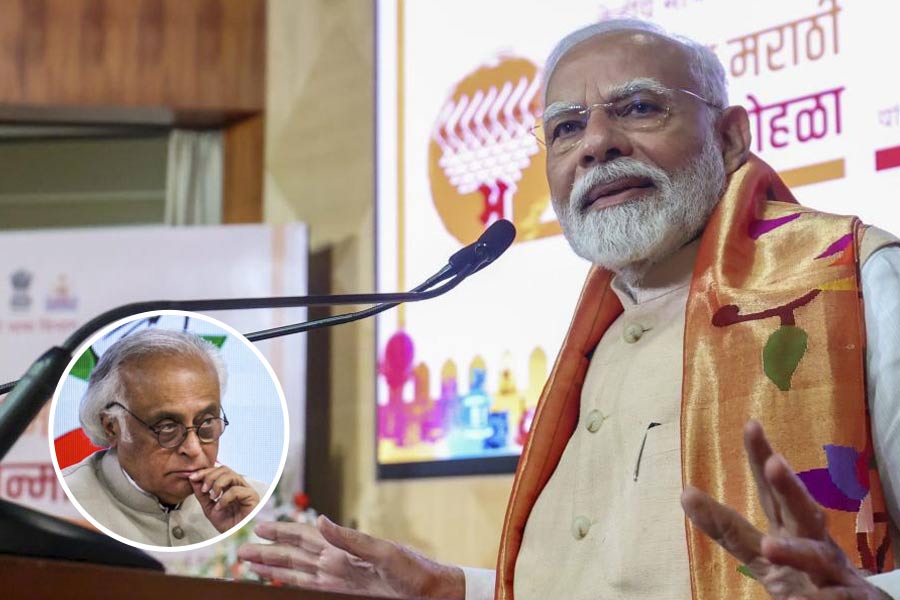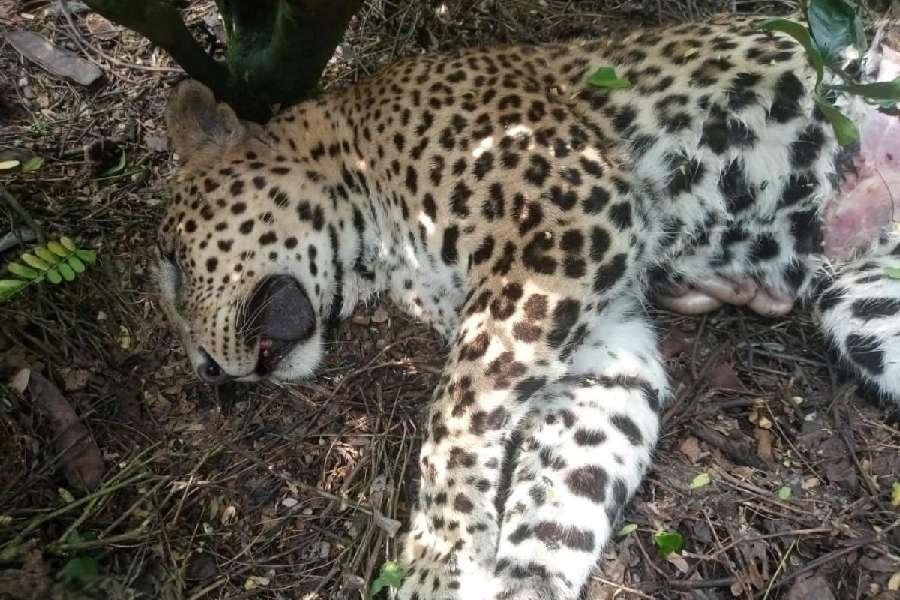Olive Ridley sea turtles, popularly known as Olive Ridleys, are very much in news now as the turtle season has arrived. Odisha is famous for the spectacular arribadas (mass nesting sites) of the Olive Ridley. Turtles nest sporadically all over the Odisha coast, but their mass nesting is limited to three sites — Rushikulya, Devi and Gahirmatha.
At present, seven different types of sea turtles (leatherback, green, hawksbill, loggerhead, flat back, Kemp’s Ridley and Olive Ridley) can be found in the world. The Endangered Species Act protects all the species. On an average, more than four lakh turtles nest in the three major nesting sites in Odisha. It is estimated that more than half of the global population of Olive Ridleys come to nest in Odisha. The turtles arrive in November and are seen offshore along the coast to carry on their breeding ritual. The Odisha coast has attracted the Olive Ridleys for centuries but reasons still remain a riddle.
The females dig a flask-shaped hole in the sand and deposit about 100 eggs, cover the nest and return to the sea. About 60 days later, the eggs hatch at night, a survival strategy when the predators are asleep and the air is cool. The light as the surf breaks and sound of the sea leads them to their destination. Once the hatchlings reach the sea, they swim and float away, only to be seen again when they arrive to breed as matured turtles. It takes any where from 15 to 30 years for a sea turtle to mature.
On reaching maturity, they all return to the same beach where they had hatched. They have extraordinary ability to find these places again by a homing instinct. They have magnetite in their brains where the position of Earth gets imprinted. This works like a GPS.
Historically, the local inhabitants in Odisha have always known the abundance of sea turtles. Interestingly, their mass nesting in Gahirmatha area even finds a mention in the travelogue of Captain Alexander Hamilton who visited Odisha in 1708 which happens to be the earliest record of any turtle population in the world. The Gahirmatha rookery was rediscovered in 1974 by H. R. Bustard, the then FAO-UNDP consultant for crocodile conservation in India, with his claim that it was the largest nesting site in the world.
There was a flourishing trade in turtle and turtle products all over the world up to the early 70s. A record number of eggs were collected each year from Gahirmatha by paying an “egg tax” to Kanika Raja. I remember seeing stacks of upside down turtles loaded on trolleys being transported to the Puri railway station for Calcutta market.
There was legal harvesting up to 1974 which was also a significant year for protection of Olive Ridleys in Odisha as Dr. Bustard brought the nesting site at Gahirmatha to international notice. The state government declared Bhitarkanika a wildlife sanctuary in April 1975, which included Gahirmatha nesting beach. The forest department discontinued issue of egg collection license from 1974-75. Railway authorities stopped booking turtles for Calcutta market in 1977.
The mid-70s was a transitional period when there was a shift from exploitation to conservation of the sea turtles of the Indian seas including the Olive Ridley in the Wild Life Act, 1972. Unfortunately, with the sophistication in mechanised fishing vessels and trawling, thousands of turtles died in the 80s because of suffocation in the nets. In late 90s, USA even clamped a ban on imports of shrimps from India and some other countries citing death of turtles, an endangered and protected species, during trawling for shrimps. The case came up twice in the World Trade Organisation (in 1997 and 1998) and I appeared on behalf of the government of India on both occasions and convinced the panel that it was not true by placing all the measures we had taken specifically to protect the turtles. I also informed them that the National Marine Fisheries Service (USA) had already transferred the technology for the turtle excluder device in 1996, which can be installed in trawlers to allow the turtles to escape through a trapdoor. However, this will not be too effective as more turtles die in gillnets than in trawlers on our coasts. Therefore, declaration of Gahirmatha where most turtles assemble, as a marine sanctuary in 1997 was a timely step where no fishing is allowed up to 20 km into the sea, during turtle season.
A major concern now is the shrinking of nesting area. Hamilton reported a mass nesting area of 100km in 1708, which was reduced to 25km by the 70s and further to an island of about 4km in 1989 in Gahirmatha.
A long-term conservation and recovery program jointly run by me and the forest and environment department, was started in 2002. The Defence Research and Development Organisation funded the project following the intervention of former President A.P.J. Abdul Kalam. Using the techniques developed in the program, at present eggs which are more vulnerable for destruction, are transplanted to safer hatcheries in each of the three major nesting areas. Since the sex of the turtles is dependent on the temperature of incubation (cold temperature makes boys and warm girls), care is taken to raise eggs in cool and warm temperatures by controlling the penetration of sunlight into the hatcheries.










